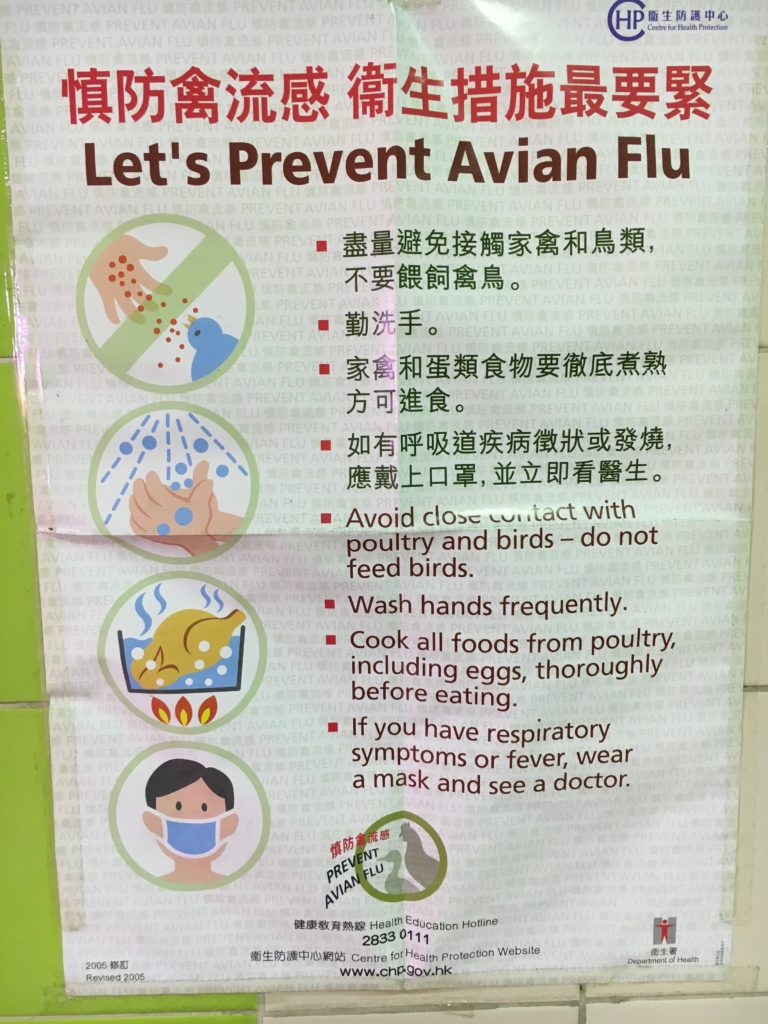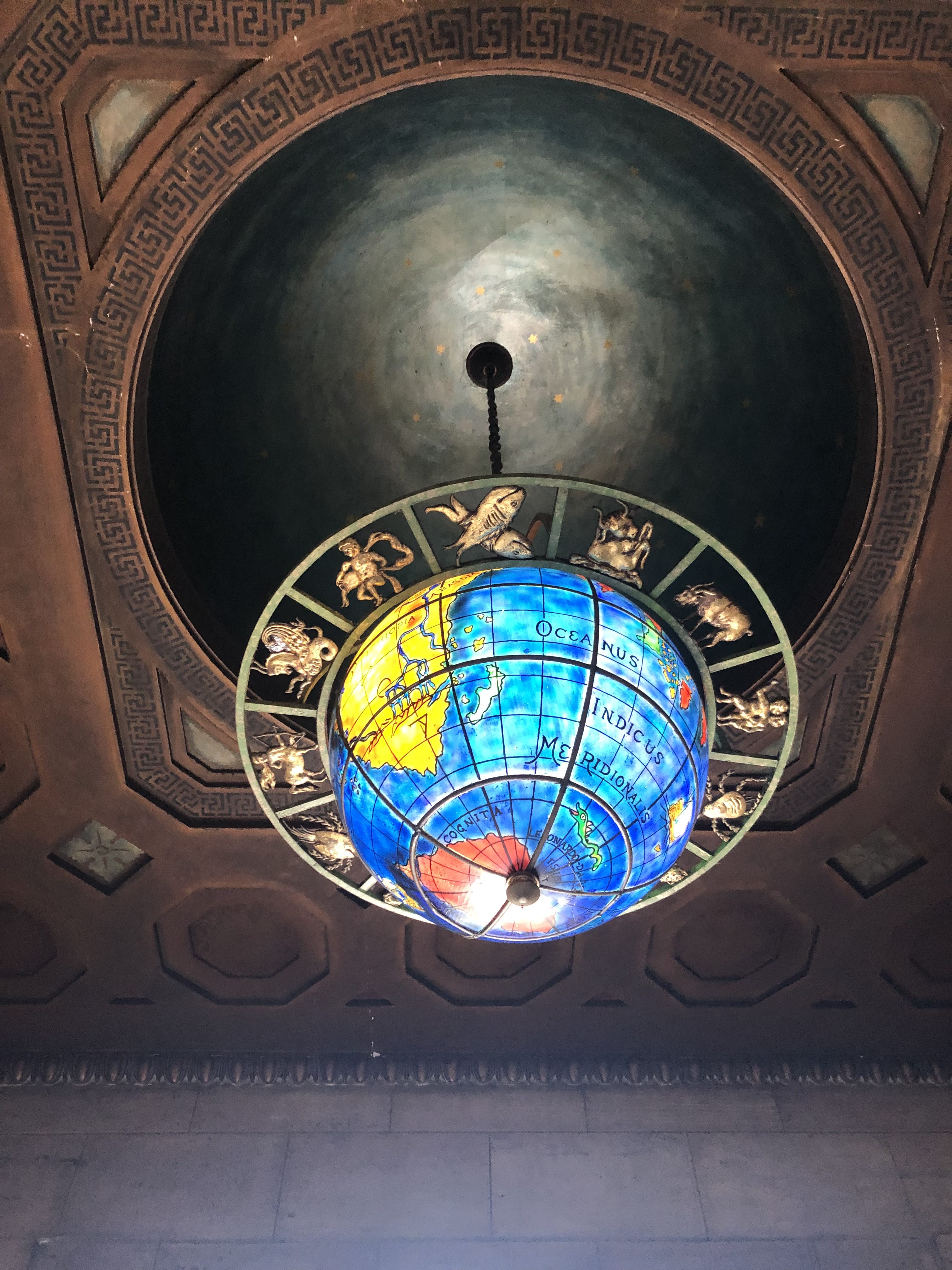Tips to avoid Coronavirus/避免冠状病毒的提示

This week my Mandarin homework was to write tips to avoid novel coronavirus. I cheated and used Google Translate at points, so don’t think that my Chinese is this good. Here is what I wrote (after editing from my teacher) in Chinese first and then English. More importantly, please remember, I am not a doctor or scientist. I have written this assuming that the reader lives in a place with active coronavirus cases in their local area:
新型冠状病毒是一个严重的问题. 那些事情可能有助于保护您和您的家人.
- 避免虚假新闻。会有很多谣言。听专家
- 如果附近有新的冠状病毒病例,请进行社交隔离。尽量在家工作吗?
- 经常洗手。避免触摸眼睛。
- 尽可能多的睡眠。照顾好自己的身体
- 注射流感疫苗。这将有助于您在流行病期间远离医生办公室。它还将帮助您避免同时感染新型冠状病毒和流感
- 如果您六十五多岁或患有哮喘,请与您的医生谈谈肺炎疫苗。
In order to keep you and your family safe from coronavirus, you should:
- Be careful to avoid Fake News, especially on social media. There are many rumors. It’s best to trust experts.
- Practice social isolation. Work from home if possible. If not, try to keep more distance from people at work.
- Wash your hands frequently. Avoid touching your eyes.
- Get as much sleep as you can. Take good care of your overall health.
- Get a flu shot. This may keep you out of the doctor’s office where people are sick. It will also help to keep you from catching both the flu and the novel coronavirus at the same time.
- If you have asthma (or another respiratory disease) or are sixty-five or older, talk to your doctor about the pneumonia vaccine. This will help you to avoid pneumonia (and meningitis and other infections) even if you are never infected with the new coronavirus.
For the record, I have no tie to (or investments in) any company that makes vaccines for pneumococcal vaccines. You can also see the Center for Disease Control’s advice on this topic here. And you can see my blog post about nCoV and quarantine here.








